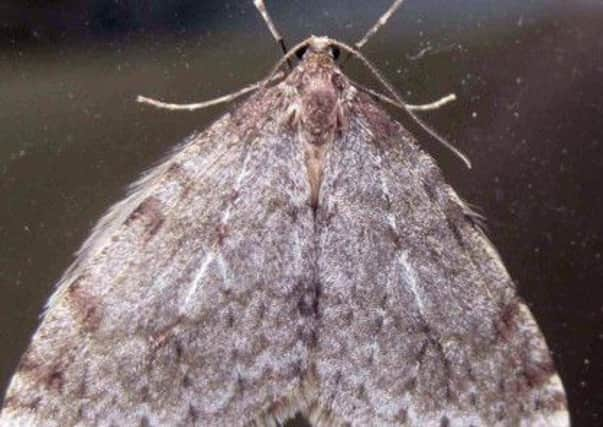Oak trees are under threat


The Oak Processionary Moth is already causing considerable damage to trees in London and Berkshire and there are concerns it could take a hold in Sussex.
When the moth’s caterpillers emerge they can strip an oak tree bare and harm human health.
Advertisement
Hide AdAdvertisement
Hide AdThe caterpillar’s nests are like a grey scar on the side of the tree which can vary in size from a golf ball to a foot long.
The caterpillars have thousands of tiny hairs and touching these could cause skin rashes or, in extreme cases, sore throats, breathing difficulties and eye problems.
Oak processionary moths were first detected in Ealing and Richmond in 2006, It defoliates and weakens trees, making them susceptible to pests and diseases
Dr Nigel Straw, from the Forestry Commission, says monitoring is key to organising a control programme.
Advertisement
Hide AdAdvertisement
Hide AdThe Commission is in the process of conducting surveys and trapping the moths to identify locatins which are at potential risk.
Britain should expect “many hundreds” more pests and pathogens to arrive in the coming years claim scientists at Exeter University.
The rise in global trade means pests that damage crops and trees, such as fungi, beetles and moths, are now moving into new territories faster.
Dr Daniel Bebber said: “We know things are spreading and part of that spread is due to climate change. It’s just one more impact that climate change is having on us. Things are being introduced all the time to different places. Climate change can help things to establish.”
Advertisement
Hide AdAdvertisement
Hide AdThe Woodland Trust is currently training volunteers to look out for signs of tree diseases. while a citizen science project, known as Opal (Open Air Laboratories), is harnessing people-power to build a national picture of tree health. In the long term, however, there are big questions about the future shape and role of Britain’s treescape.
“What protects trees in the long term is diversity both in species and genetics,” says Dr Bebber.
“We lost our elms in large because they were so genetically uniform.”